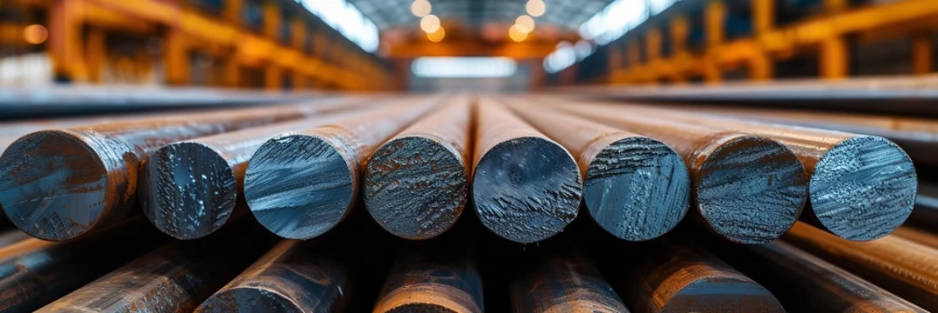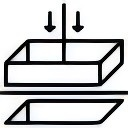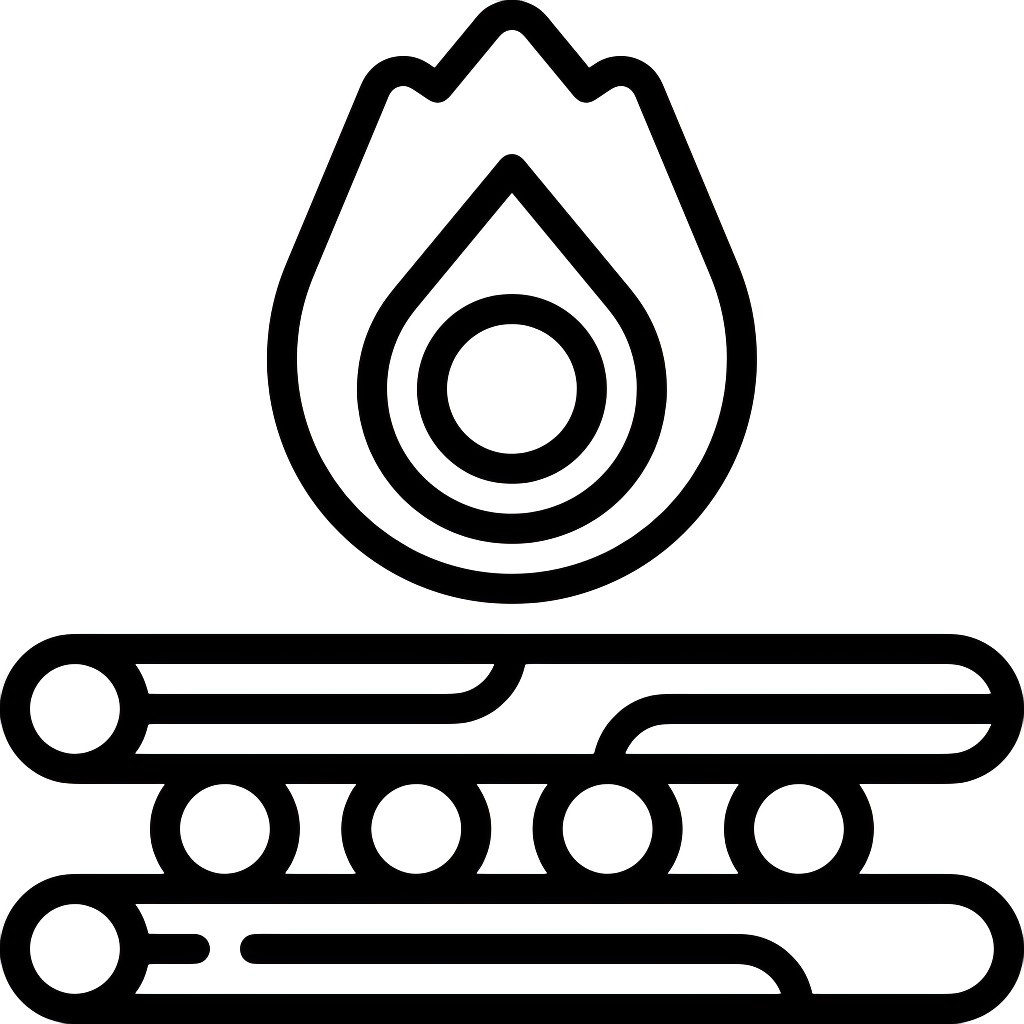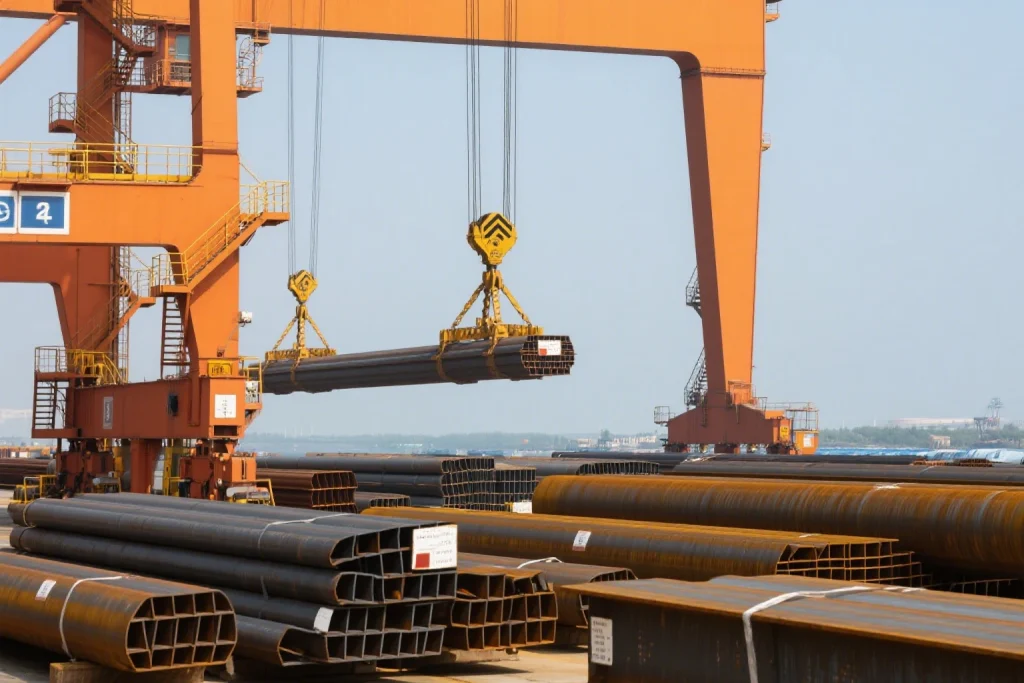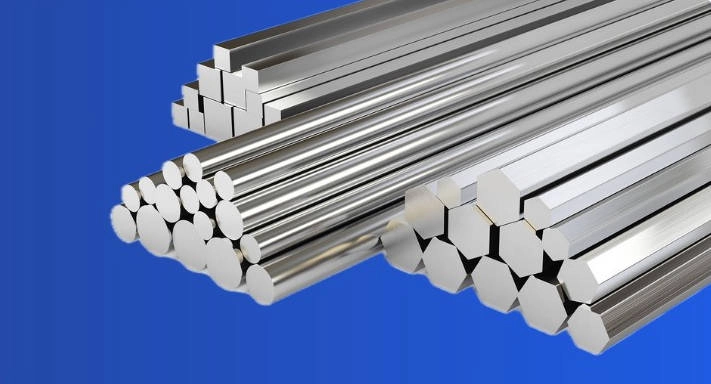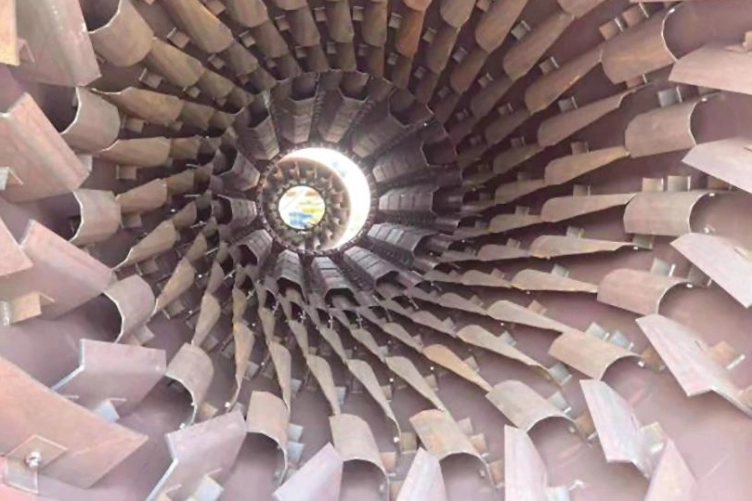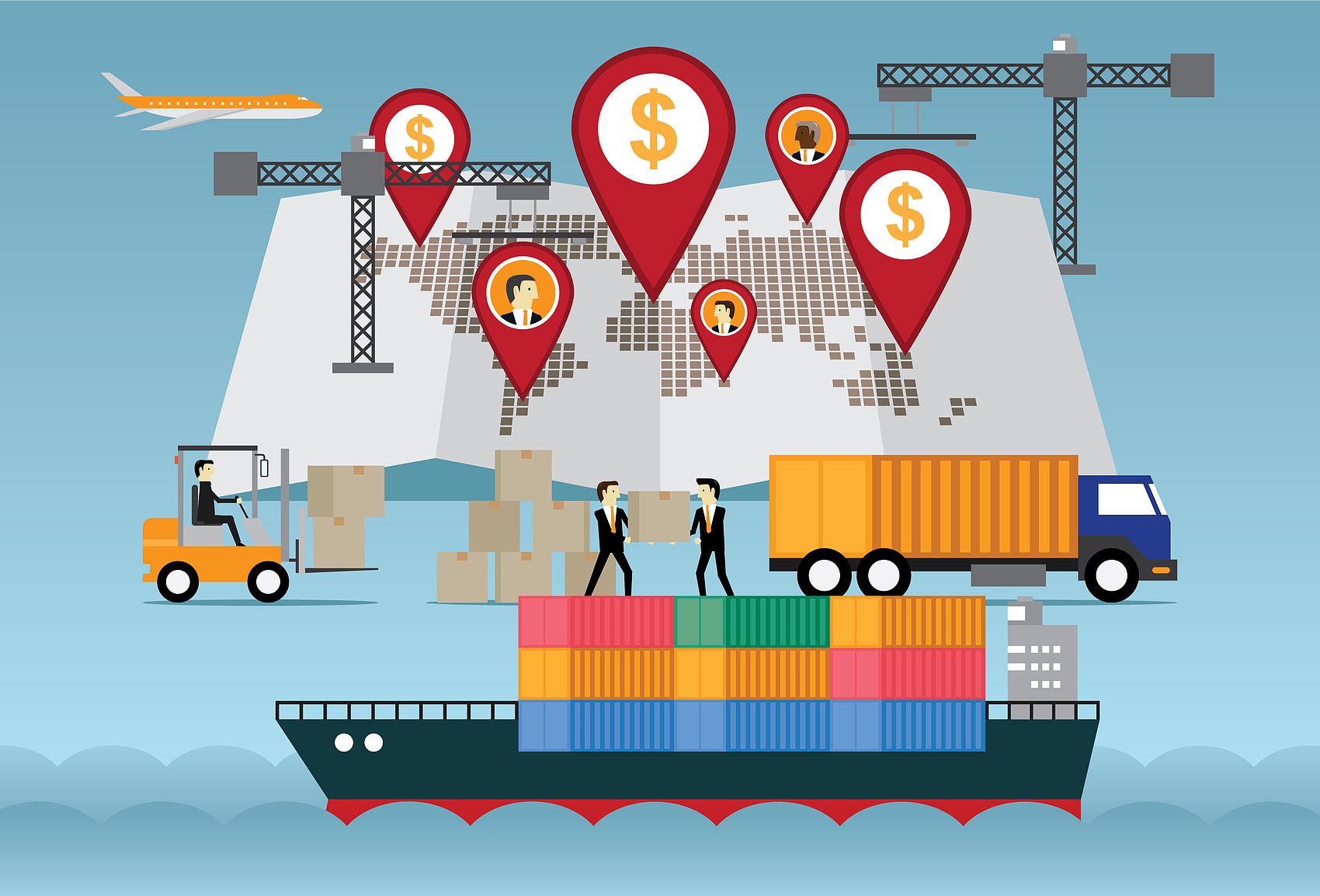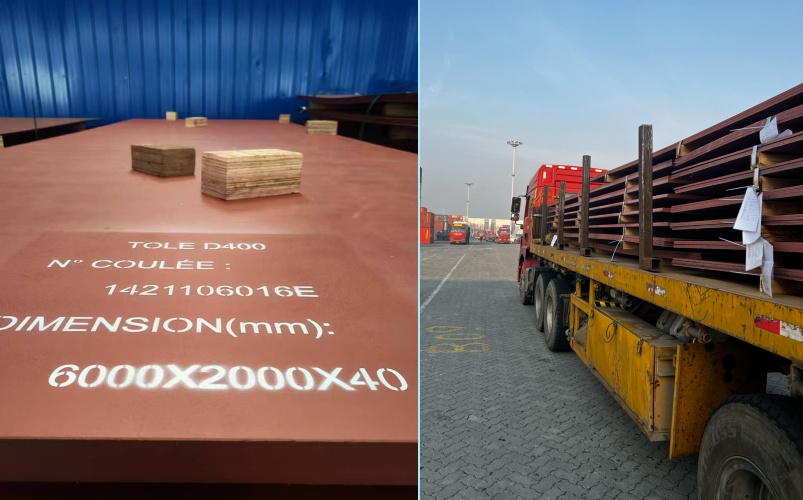What are Current Situation of Steel Trade Tariffs
The Impact of Tariffs on International Trade
The worldwide steel market has felt a big shake-up from trade tariffs. These barriers have sent waves through global commerce. Often used to guard local businesses, tariffs aim to block cheap foreign steel. But they tend to spark payback moves and sour trade ties between countries. By hiking the price of imported steel products, tariffs mess up supply lines. They also drive up costs for industries like building and car-making that depend on steel.
Take the United States, for example. Spring steel, known for its high resilience, is a crucial material in many industries. The United States’ choice to slap steep tariffs on spring – steel imports has raised costs for local factories. This move has cut trade amounts and also shifted how global markets work. Some countries now hunt for new trade buddies or try to make their own steel.
Supporters say tariffs save local jobs. Critics warn they could fuel trade fights and slow the world’s economy. Given the unique properties of spring steel that make it highly resilient, such as its ability to return to its original shape after being deformed, the tariff policy on this material has far – reaching implications not only for the steel market but also for the broader economic and trade landscape.
Analysis of Steel Trade Tariffs in 2025
By 2025, steel trade tariffs have woven a tangled mess of rules and countersteps. The United States keeps a strong grip on global trade with its bold tariff plans. For instance, it set a 30% tax on steel from Canada and Mexico. This shows its push to favor homegrown steel over foreign rivals.
Other big economies have fought back. Some set their own shields. Others talk their way into exemptions. The European Union, for example, hit back with taxes on American products. At the same time, it’s eyeing deals with Asian countries to spread out its supply sources. These shifts show how linked the global economy is. They also reveal the wide fallout from protective policies.
Steel Trade Tariff Crisis: Which Countries Are Affected by Tariffs in the Steel Industry in 2025
Canada and Mexico: The Impact of the US’s 30% Tariff
The United States’ 30% tariff on steel from Canada and Mexico has hit these neighbors hard. Canada sends a big chunk of its steel to the US. This rule has slashed its earnings and cost jobs in its steel sector. Mexico’s steel industry struggles too. Higher export costs make it tough to stay competitive in its top market.
These tariffs have also cooled ties between the three countries. They weaken the teamwork vibe of deals like the United States-Mexico-Canada Agreement (USMCA). In response, Canada and Mexico are reaching out. They’re building stronger links with places like Europe and Asia to sell their steel.
European Union: The Effect of the US’s 25% Tariff on EU Members
The European Union hasn’t escaped the sting of US steel tariffs. A 25% tax on EU steel has rocked trade across the Atlantic. It’s led Brussels to fire back with taxes on American goods, from farm products to machinery.
This back-and-forth shows growing strain between two economic giants. European steelmakers have lost ground in a key market. They also face higher costs as raw materials get pricier. To tackle this, the EU is pouring money into green tech. It aims to make its steel industry more eco-friendly.
Asia Region: The US’s 46% Tariff on Vietnam and 26% Tariff on South Korea
Asian countries like Vietnam and South Korea are feeling the heat from US steel tariffs in 2025. Vietnam faces a hefty 46% tax. South Korea deals with a 26% one. These rules have thrown regional trade off balance. They’ve also worsened economic weak spots.
Vietnamese sellers struggle to compete globally due to higher costs from US duties. South Korean firms see falling sales as demand from their biggest buyer drops. Both nations are looking to pivot. They’re boosting trade within Asia through deals like the Regional Comprehensive Economic Partnership (RCEP).
Travel Restrictions: What Additional Harm Has the Trade War Brought
The New Draft of US Travel Ban Policies
Trade wars over steel tariffs have stirred more than just economic trouble. They’ve spilled into things like travel limits. By 2025, new US travel ban drafts show tougher checks on people from countries seen as rivals or economic threats.
These rules make country-to-country ties trickier. They also cut chances for cultural swaps or business teamwork. Such steps might slow innovation in fields that thrive on global collaboration.
Chain Reactions in the Steel Industry
Tariffs on steel don’t just hit wallets. They spark bigger issues across industries worldwide. Higher raw material costs push up prices for consumers. This affects everything from construction gear to cars. Uncertainty about future rules also scares off investment. This weakens already shaky economies. Fixing these complex problems will take teamwork. Governments and businesses must join forces.
Risk Mitigation Strategies: What Can Businesses and Travelers Do
Compliance Pathways for Steel Trade
Wading through 2025’s steel tariff maze takes smart planning for businesses. Companies in global steel trade need to keep up with shifting tariff rules. They must grasp what these changes mean. Using trade deals like the USMCA can open doors to lower tariffs or exemptions. For example, firms sending steel from Canada or Mexico to the US might tap USMCA terms to soften the blow of the 30% tariff.
Businesses should also upgrade their supply chain systems. This helps them source from varied places and rely less on high-tariff zones. It cuts tariff risks and builds toughness against political ups and downs. Working with legal pros and trade advisors ensures firms follow customs rules. It also helps spot ways to save, like through duty refunds or special trade programs.
Tips for Avoiding Pitfalls in Travel Planning
Steel trade wars have rippled into travel rules. This makes trip planning trickier. In 2025, new US travel bans target certain countries more closely. This could mean surprise visa rejections or entry blocks. Travelers should dig into visa needs and check for recent travel alerts before locking in plans.
For companies needing cross-border trips, teaming up with local experts who know regional rules can smooth the way. Booking flexible tickets and hotels helps too. It lets travelers adjust if policies shift suddenly. Keeping tabs on ties between home and destination countries is key. It helps predict disruptions tied to tariff spats.
What do Steel Trade Experts Predict about the Market
Recovery of Steel Demand: Global Manufacturing Demand Release
By 2025, experts see steel demand picking up slowly. Growth in car-making, building, and infrastructure projects is driving this. The fade of pandemic chaos has spurred spending on public works globally. This boosts the need for top-notch steel.
Developing nations will lead this charge. They’re speeding up industry and city growth. But high raw material costs and green rules pose hurdles. Steel firms betting on eco-friendly tech will likely pull ahead as emission limits tighten.
Alternative Markets: China
China remains a giant in global steel trade. It’s both a top maker and user of steel. Facing Western tariffs, China is turning to markets in Asia, Africa, and Latin America. Through plans like the Belt and Road Initiative, it’s locking in long-term buyers for its steel.
At home, China’s push for greener policies has sparked investment in cleaner steelmaking. This fits global moves toward low-carbon industries. It could shape future tariff talks and trade deals involving Chinese steel.
How to Purchase Steel During the Steel Tariff Trade War
The Influence of Promispecial® on the 2025 Steel Market
Promispecial®, a leader in specialty steels, is shaking things up amid trade tensions. Its unique tech allows affordable production that meets tough green standards without skimping on quality. It offers custom products for fields like aerospace, cars, and renewable energy. This makes it a top pick for buyers dodging tariff-heavy markets.
The firm’s focus on research keeps its steel products cutting-edge. It meets changing customer demands. As demand for eco-friendly materials grows and carbon rules tighten, Promispecial®’s innovations are set to reshape the steel sector.
Purchasing Promispecial®’s Steel
Buying Promispecial®’s specialty steels means connecting through its global distribution web. Buyers get custom solutions for needs in aerospace, automotive, or green energy fields. Buyers will contact us for their need. The company’s know-how in handling complex rules ensures a smooth buying process. This holds true even in a world of rising protectionism and uncertainty clouding the steel trade today.
FAQ
Q: How are tariffs reshaping global steel supply chains?
A: Diversification: Companies like Nucor paused price hikes in the U.S. market amid uncertainty, while UAE firms plan greenfield aluminum smelters in the U.S. Regionalization: The EU and U.S. are prioritizing domestic production to reduce reliance on Chinese imports.
Q: What are the most significant steel trade tariffs affecting global markets in 2025?
A: U.S. Reciprocal Tariffs: The U.S. has imposed a 10% baseline tariff on all imports, with higher rates on specific trading partners, effective April 5, 2025. This targets sectors like steel and aluminum to protect domestic industries.
EU-U.S. Aluminum/Steel Dispute: The EU suspended retaliatory tariffs after the U.S. agreed to talks, but tensions persist over $1.4 trillion in potential investments by UAE aluminum firms in U.S. production.
China’s Countermeasures: China added ten U.S. companies to its “Unreliable Entity List” in response to U.S. restrictions, including blocking Nippon Steel’s acquisition of U.S. Steel.

